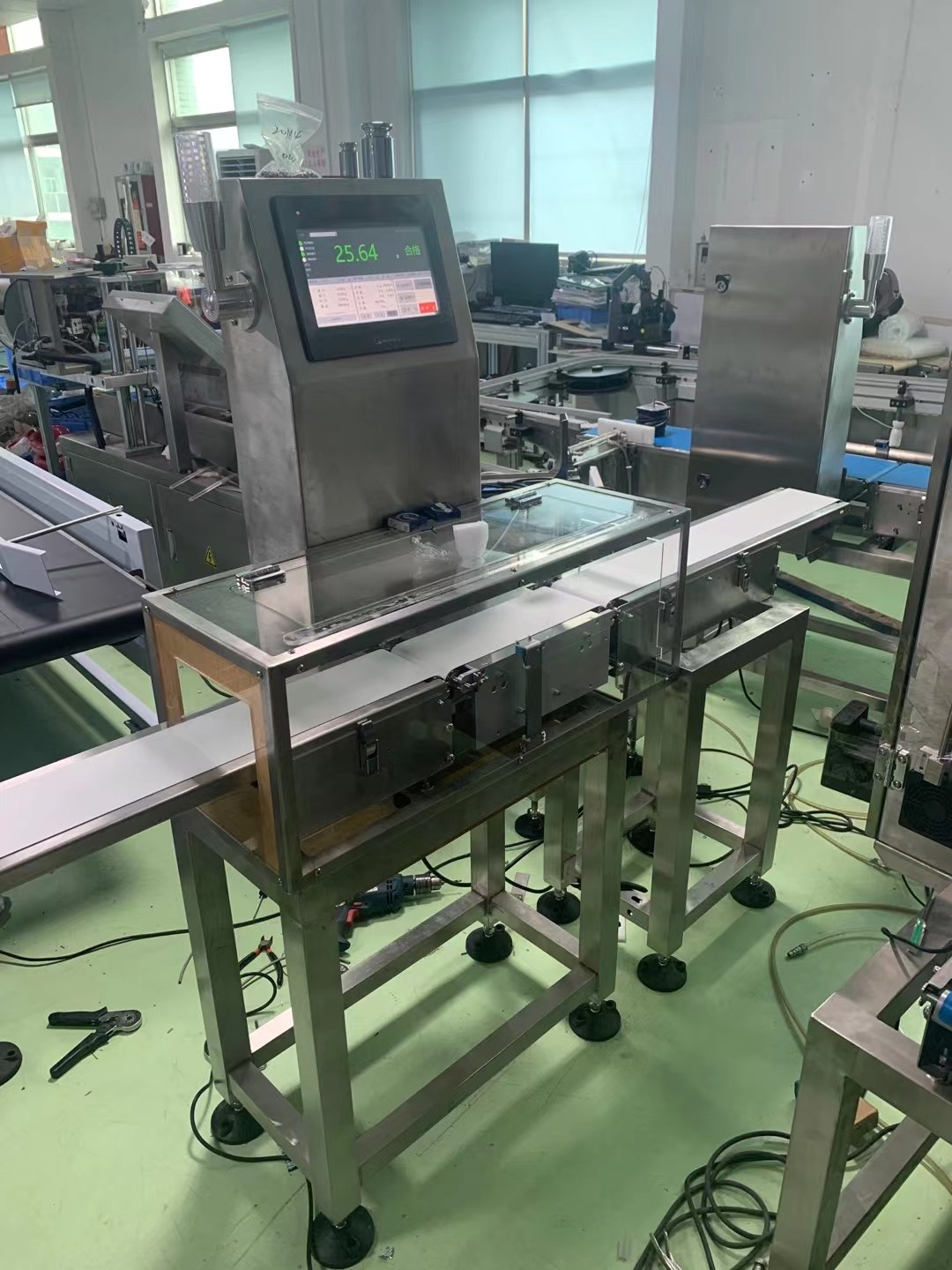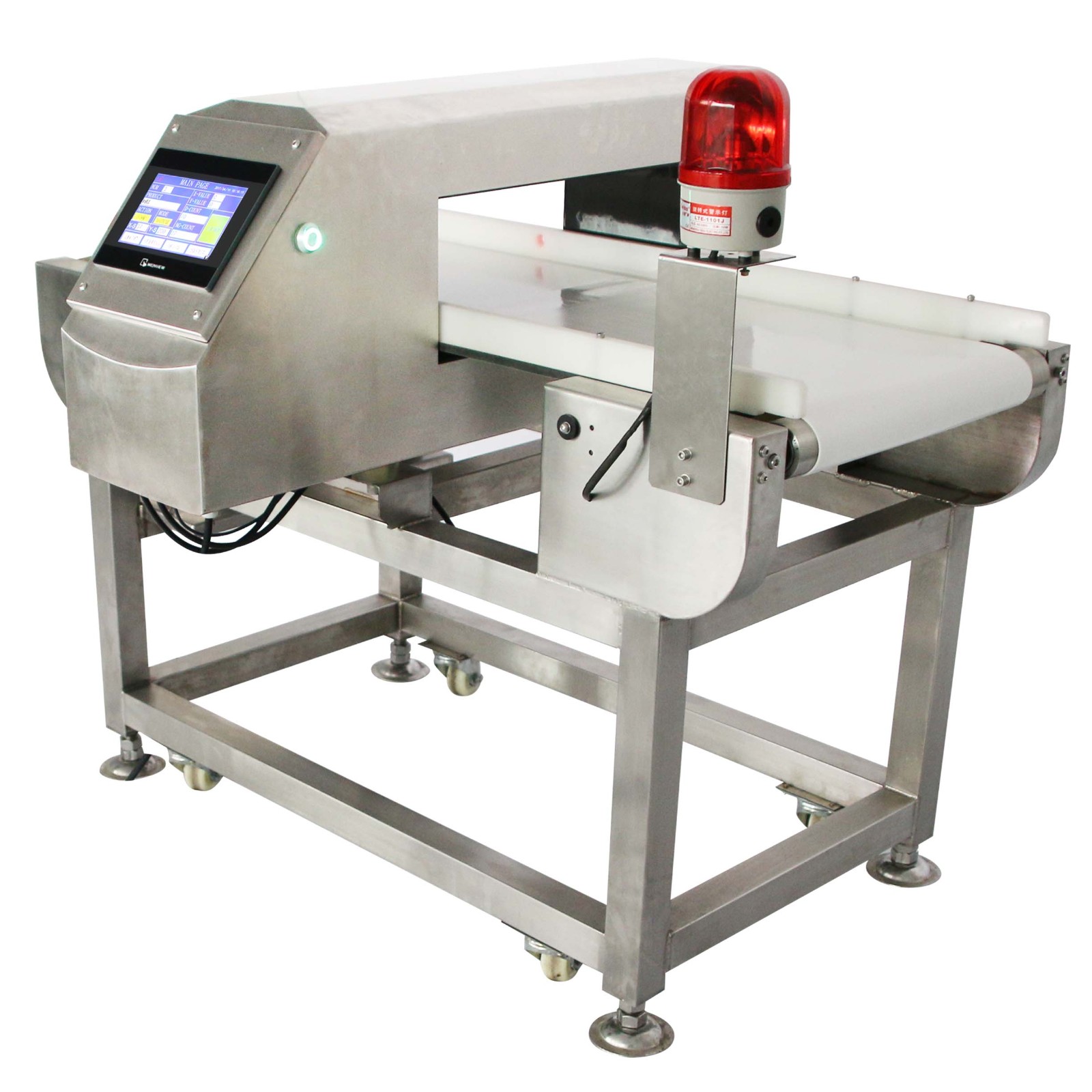Snack Foods
Snack food and bakery producers want metal detectors that have higher sensitivity and lower false rejections. They also need food-safe materials and fail-safe operation. They are also demanding data-logging functions to provide information about the system and validate performance levels. Manufacturers are responding to this call with technological innovations. Bakery and snack food manufacturers are improving their quality control and inspection programs as consumers, retailers, and food service operators become more concerned about food safety. Modern metal detectors, such as x-ray inspection or foreign object detection, are becoming standard equipment in bakeries and snack food plants. According to Bob Ries (lead product manager, metal detection, and x-ray inspection at viking), manufacturers continue to tighten their food safety requirements. He explains that some companies have increased their requirements for metal detection to ensure their systems are safe and protect against operator error.
The new systems include features such as reject/verify and bin-full. They also have timing rejection and multilevel passwords. Many of these features were originally designed for pharmaceutical purposes. Ries says that snack food and bakery producers are realizing they are not using the best practices and are increasing their metal-detection requirements.
Static challenges being addressed
When designing equipment for bakery or snack food plants, manufacturers of metal-detection apparatus face many challenges. "Snack and bakery dry-material-handling operations can create static that affects metal-detector operation, so it's important to consider the presence of static and incorporate the use of static-free chute and slider-bed materials," says David C. Smith, sales manager, Advanced Detection Systems, Milwaukee. The viking fsd was recently introduced by his company. It is designed to increase metal detection for dry products in gravity-fed and conveyor applications.
Sometimes, metal detectors may be placed near an oven. It must be able tolerate high temperatures.
Metalized film is also being used to package more snacks. Experts recommend that you migrate from metal detection to xray equipment in these instances. However, xray equipment can be more costly so manufacturers should verify the price and the performance before proceeding.
According to Geri Foley (mettler-Toledo Product Inspection Tampa, Fla.), many companies want to collect data from their metal detector systems. These features enable plants to work more efficiently as they can store the data in their computer for easy retrieval.
Companies are increasingly using data-logging and networking functions. Smith adds that data-logging functions allow for confirmation of metaldetector use and validation of its performance. "Networking functions are used to support food production plants in operation, training, and troubleshooting from remote areas."
Understanding the operating principles and components of sensitive metal-detection equipment is essential in order to get the best out of it. Mettler-Toledo published a whitepaper titled "Foreign Body Determination: Metal" to provide guidance on the best design and operation of metal-detection systems. It addresses how to ensure system sensitivity and provides guidance on the installation, selection, and use of metal detector equipment.
Production-line system effectiveness is ensured by ease of setup, mitigation against drift/erratic detection, and elimination of false rejections without constant attention to maintaining sensitivity standards. According to the whitepaper, "Critical elements like balance stability/vibration immunity or reject mechanism design must all be considered in order to provide reliable detection."
"When they are, a system that detects metals can help manufacturers prove their diligence and comply with an increasing number of retail-driven codes. It will also keep customers satisfied with the final products."
ferrous and non ferrous detection conveyor belt metal detector with small tunnel ,
ccp haccp aduit metal detection system
fda grade food metal detection system
The Snack Food segment includes food products such as chocolates, candy bars, sweets, jellies, gums, hard and chew candies, through to snack foods such as potato chips, crisps, ready to eat nuts, trail mix, savory snacks, energy and granola bars.





